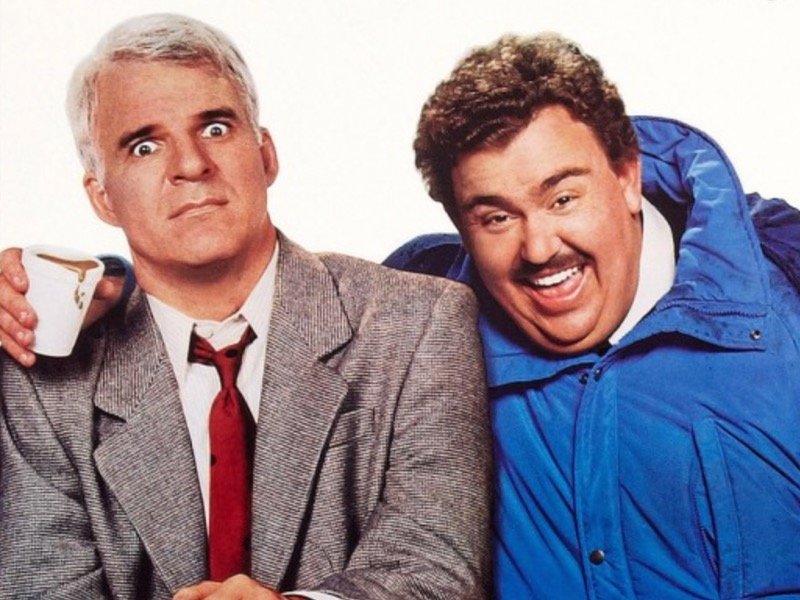For years, one question has been hanging over the head of the film industry: With the advent of the home entertainment system, equipped with crystal-clear high-definition televisions, glorious surround sound and on-demand video services, why should audiences go out of their way to pay ever-growing ticket and concession prices just for the right to watch a movie with often-rude crowds?
It's not like Hollywood execs haven't come up with answers before. Their first great hope was, of course, 3-D, but after a few too many awful experiences (namely "Clash of the Titans" and other post-conversions of the like), most moviegoers have turned their back on the technology.
But there's a new hope on the horizon for theaters: IMAX. Once a technology only used for science and nature documentaries, IMAX is now appearing in more and more mainstream films, including Hollywood's most recent blockbuster, "The Dark Knight Rises."
Since its debut in the early '00s, I hadn't been able to see a feature film in the gigantic new format. I'd only been able to read reviews saying if I wasn't seeing a hot new movie in IMAX, I was missing out.
Last weekend, I finally got my chance. A bunch of friends and I drove down to Navy Pier in Chicago to see "The Dark Knight Rises" on the IMAX screen. Christopher Nolan's final Batman movie didn't earn a glowing reaction from me (my review in two words: glorious mess), but that wasn't the most important thing I took away from the adventure. When I walked out of that IMAX theater, I realized I'd been spelling it wrong for years.
It's not IMAX. It's I-"MEH."
For one, the audio was unintelligible for several portions of the film. The IMAX surround sound ended up mushing together the dialogue and Hans Zimmer's pounding score instead of properly mixing it. True, Bane is already a challenge to understand since he sounds like Sean Connery speaking into an empty plastic cup. However, I saw "The Dark Knight Rises" a second time on a standard movie theater screen, and I understood several sequences that were previously garbled nonsense.
Nolan's emphasis on intimate, hand-to-hand fight scenes doesn't fit with the IMAX format either. He films the action uncomfortably close, which is confusing on a regular screen but turns into a massive, incomprehensible mess of limbs on the humongous IMAX screen.
You could argue these are only issues with the Navy Pier IMAX or "The Dark Knight Rises." Unfortunately, my main problem with IMAX is universal and tragically unsolvable: the constant switching between IMAX and standard-sized film.
See, a movie cannot currently be shot entirely on IMAX. The camera and equipment are too loud and heavy to logistically film an entire feature.
To his credit, Nolan has been leading the charge to increase the amount of IMAX-filmed sequences, including 28 minutes of IMAX-recorded footage in "The Dark Knight" and over an hour of footage for the trilogy's conclusion. And the actual-IMAX footage included in the "TDKR," including Bane's midflight kidnapping, arguably the film's best sequence, is simply epic.
But that's only a third of the movie's runtime, and the two-thirds in between are made more underwhelming by comparison. It's even worse when it's a direct, in-the-same-scene comparison, like Alfred's (Michael Caine) flashbacks to a day in Paris (France is in IMAX, Gotham in regular film) or transitions between expansive IMAX-filmed skyline shots to close, standard-filmed action or conversations. The constant flip-flopping is distracting, and instead of making the big scenes feel bigger, it makes the smaller scenes feel smaller.
Some moviegoers might be confused reading these past paragraphs, wondering why their experience at the IMAX screen at Mayfair Mall's AMC theater didn't feature the same dramatic format switching. That would be because it's not a true IMAX theater.
Simply put, it's a far smaller screen. At Mayfair, the screen is 26.5 feet high and 50 feet wide, puny in comparison to Navy Pier's monstrous 60-by-80-foot IMAX screen. Mayfair isn't alone either; of the 430 screens labeled as IMAX in America, only 88 are considered real 70mm IMAX. Some of those 88 are also attached to museums, like the Humphrey Dome at the Milwaukee Public Museum, and barely ever play Hollywood feature films.
There are other elements, such as the sound and geometric design of the theater, that technically qualify it as IMAX brand, but the selling point and main purpose of IMAX footage – the jaw-dropping size – is pretty much lost. Audiences at these fake IMAX theaters (coined lieMAX by some film geeks) are only getting a part of the massive sensory experience directors, like Christopher Nolan, are hoping to create.
If you're desperate to see real IMAX, your best bets are the AMC IMAX in Fitchburg or a drive down to Chicago's Navy Pier, but frankly, I'm not sure it won't hinder rather than enhance your viewing experience. It could just be "The Dark Knight Rises" and its individual transition to the gigantic IMAX screen, but considering it was meant as a showcase film for the format, it's hard to say that bigger is truly better.
As much as it is a gigantic cliché to say that one has always had a passion for film, Matt Mueller has always had a passion for film. Whether it was bringing in the latest movie reviews for his first grade show-and-tell or writing film reviews for the St. Norbert College Times as a high school student, Matt is way too obsessed with movies for his own good.
When he's not writing about the latest blockbuster or talking much too glowingly about "Piranha 3D," Matt can probably be found watching literally any sport (minus cricket) or working at - get this - a local movie theater. Or watching a movie. Yeah, he's probably watching a movie.







